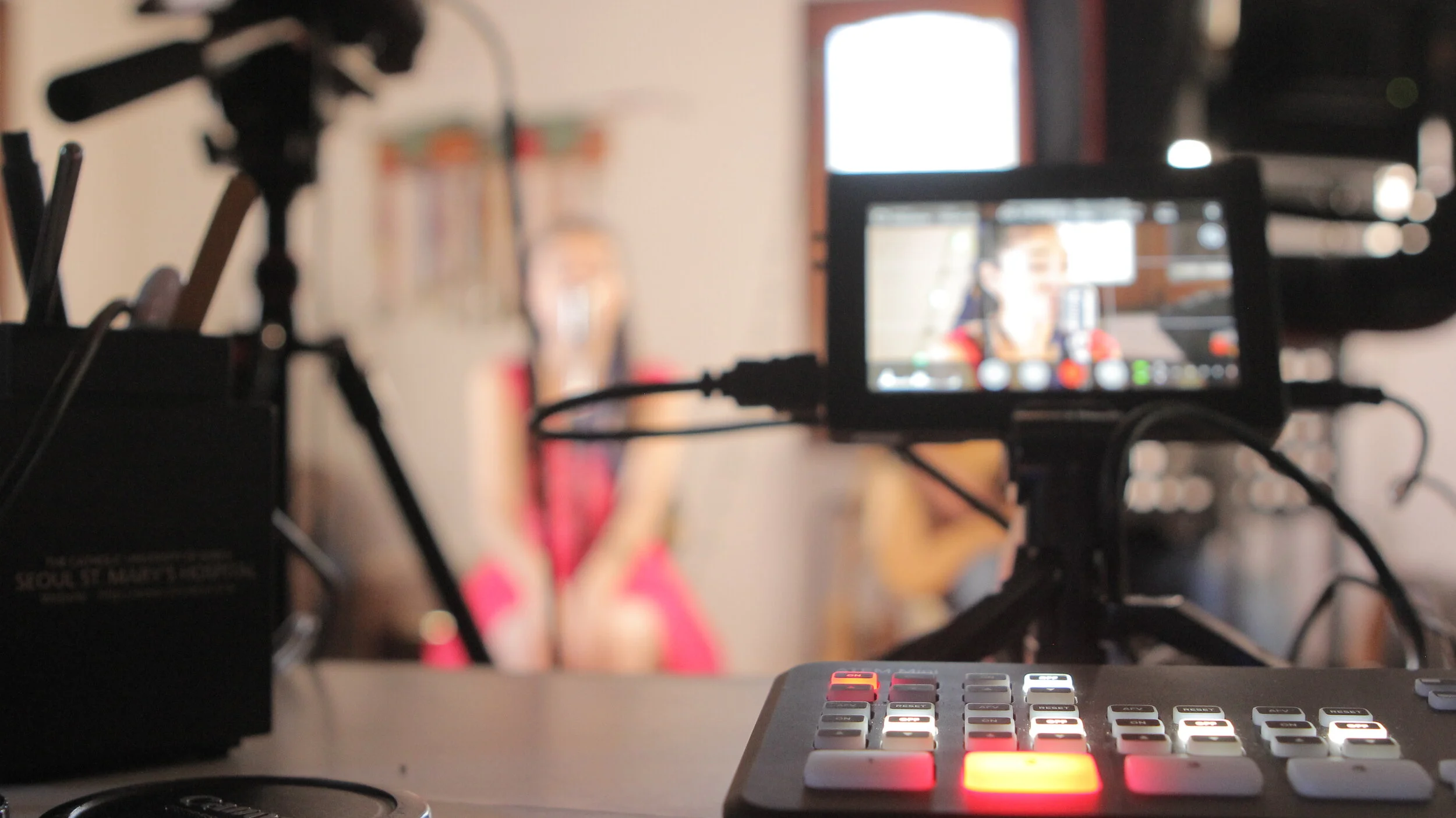A few years ago, on a plane a seatmate asked what I did for a living. I said, “I’m a professional speaker.” He said, “Motivational?” My response even surprised me!... “I hope so!” We both had a good laugh! This series is devoted to a change I’m noticing in audiences - they may not be looking for what you think they are looking for. So here’s my tips for fearless facilitation.
Let’s start off with the definition of a facilitator: one who helps to bring about an outcome (including learning, productivity, or communication) by providing indirect or unobtrusive assistance, guidance, or supervision.
Think about the last time a presenter really helped open up a discussion and then made it easy for everyone to participate. For some presenters, it is much easier and seemingly safer to just keep talking. When have you felt safe in a meeting to say what you wanted to say and perhaps more importantly what needed to be said?
Presenters, participants, and leaders who engage in these situations are courageous because they give up the traditional control of an audience, or of a team, or even of a conversational partner, and allow the other to talk, question, and even disagree.
While this may not seem like a big deal, consider the last time you knew that what you were saying was about to be challenged, disagreed with, or even met with a sarcastic or caustic remark. How did you feel? More to the point, how did you proceed?
Those who facilitate a conversation take the courageous route, a fearless route, not without risk of course. Opening yourself to a contribution especially in a presentation can appear risky since you really don’t know what the other will say. Focusing closely on the other person whilst putting your own ideas on the back burner can require great focus and great patience. Even when we allow others to talk in small groups, do we really always have to know what they said? Or if they were on task? Or what they said about us? It is only important that they know.
If you want to assert your leadership with your team, or to be seen as a leader when you present, then facilitate your presentation to make conversation easy and useful. Help others think through solutions that need to happen rather than simply restating the problems that they already know exist. This is true whether you are presenting to one hundred or just to one.
It can be as simple as asking your team for input. Instead of asking a question of a large group where some will talk too much and others won’t speak at all, why not ask the large group to move quickly into smaller groups of two or three and discuss the question for three to five minutes. Then, you can initiate a large group discussion. You will be guaranteed a better discussion, a more robust list of ideas, and involvement even from your most introverted team member.
Thank you for reading this. What do you think?




















